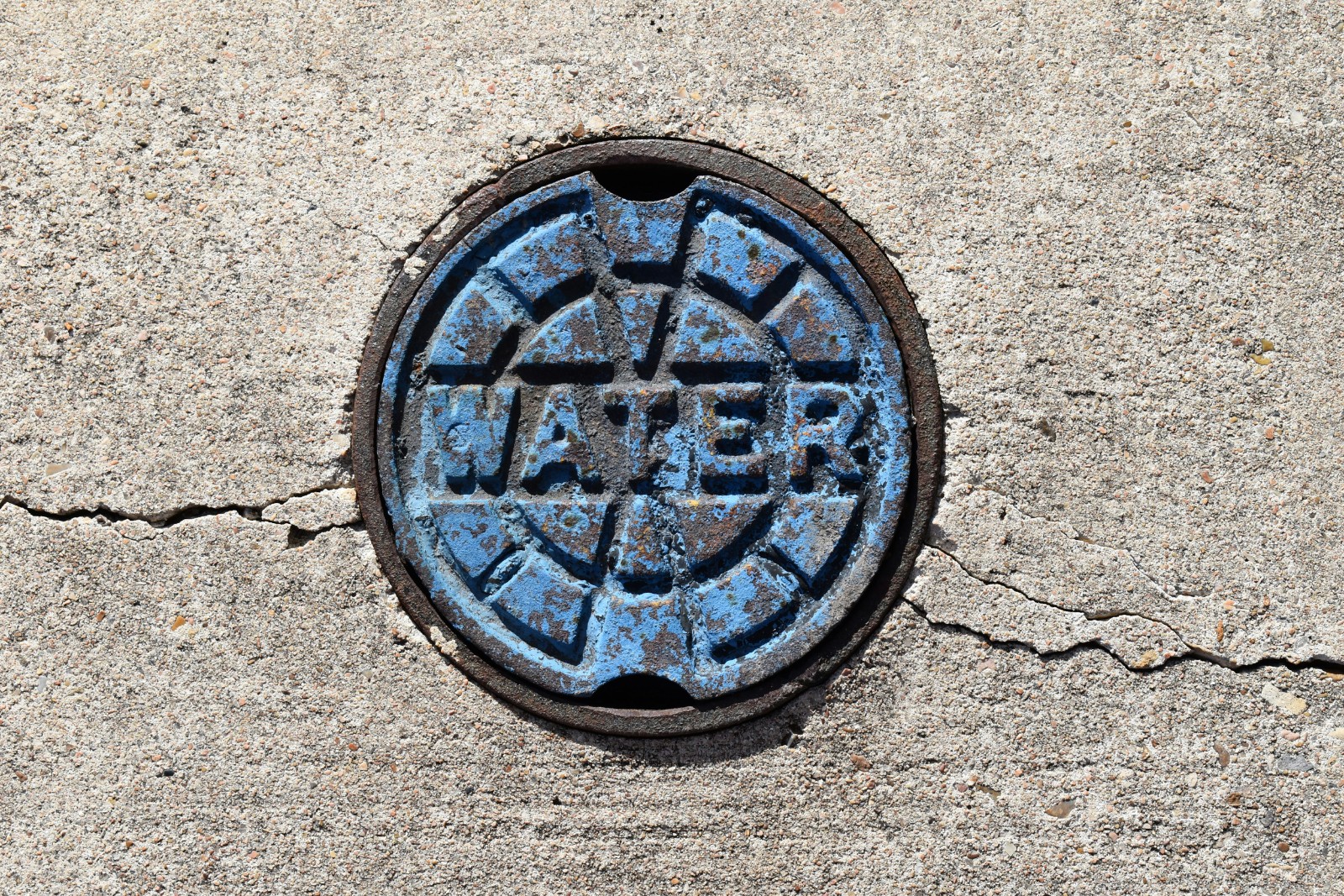Water Meter Installation Guide 2: How to Install a New Water Meter?

A water meter may look simple, but it contains a lot of technical knowledge. If it is installed improperly, it may cause the meter to “run” too fast or too slow, and in serious cases it may even lead to disputes. Today, CIDONG will take a look with you at how to install a water meter correctly.
Installation Location
The installation site should be protected from direct sunlight, freezing, contamination, and flooding to avoid difficulties in meter reading, installation, or removal. A bypass line is necessary to ensure uninterrupted water supply during water meter removal.
Size Selection
The selected meter should operate near the pipeline’s nominal (typical) flow rate during regular use. The meter size should not be determined solely based on the pipe diameter.
Straight Pipe Requirements
Straight pipe or flow conditioners must be installed both upstream and downstream of the water meter, normally in accordance with the U10D5 requirement. In cases where swirling flow is caused by bends or centrifugal pumps, a flow conditioner must be installed before the straight pipe.
Pipeline Flushing
It is important to flush out debris such as stones, sand, and hemp fibers from inside the pipe. After the meter is installed, the pipeline should be filled with water slowly before fully opening the valve, in order to prevent water meter damage.
Filter and Vibration Protection
Install a filter (sold separately) upstream of the water meter and clean it regularly to remove debris, ensuring accurate measurement. keeping upstream and downstream valves fully open during use. If necassary, use flexible joints to minimize impact and vibration from the pipeline.
Installation Direction
The water meter and adjacent straight pipes must be installed coaxially. Align the water flow with the arrow on the meter body. Ensure sealing gaskets do not protrude into the pipe to maintain measurement accuracy.

